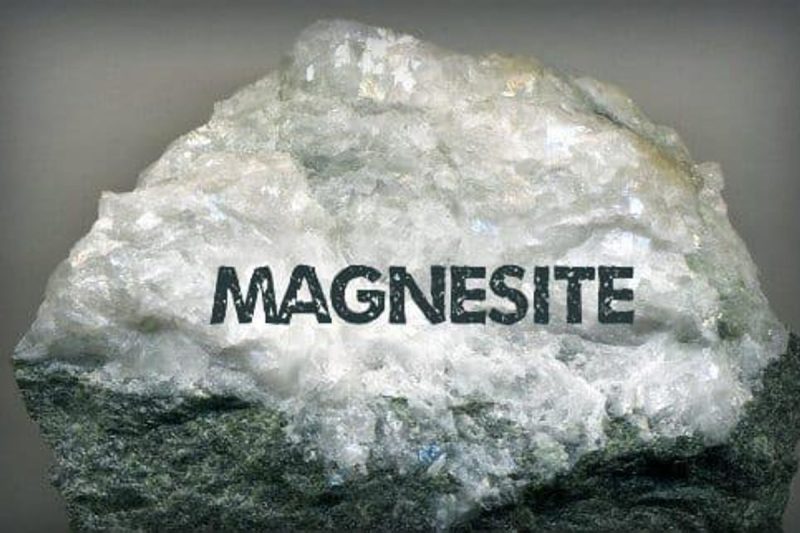1) China
Dominating the global magnesite mining landscape, China continues to be the world’s largest producer of magnesite in 2024. With its vast reserves primarily located in Liaoning province, China’s production is augmented by its advanced mining techniques and technology. The country churns out a substantial amount of both crude and dead-burned magnesia that it consumes domestically in its steel manufacturing industry, with a considerable remainder for international export.
2) Russia
Standing firmly as the second-largest magnesite producer, Russia showcases its vast Siberian regions rich in the mineral. The mining operations have significantly improved due to the adoption of modern mining technologies and the collaboration with multi-national mining corporations. Key player, Magnezit Group’s operation in Satka boasts the largest reserves of magnesite in Russia.
3) North Korea
North Korea’s abundant reserves of magnesite rank the nation as the third biggest producer globally, with its primary mining site in the Tanchon area. While the political climate can often hinder full utilization of its potential, North Korea’s reserve base is so rich it may hold up to 30% of the world’s total magnesite reserves.
4) Brazil
Brazil, with its prosperous mining industry, holds significant magnesite reserves in its Bahia state. Mineracao Santa Maria (MSM) a leading producer, has been responsible for increased production levels thanks to state-of-the-art technologies and environmentally friendly mining practices.
5) Turkey
Being at the crossroads of Europe and Asia, Turkey takes advantage of its strategic position to expand its influence in the global magnesite market. The Eskisehir magnesite deposits remain one of the most valuable sources for the mining of this mineral in Europe. As well as providing for its domestic needs, Turkey exports significant quantities to Europe and the Middle East.
6) Australia
Australia, with its advanced mining industry infrastructure, extracts magnesite from several regions including Queensland and Tasmania. The open-pit mining techniques on Mount Bischoff help produce large quantities of magnesite, strengthening Australia’s position in the global market.
7) Greece
Although economic troubles have impacted Greece’s mining industry, continued investment and the development of the Zaloggo project help the country maintain a strong foothold in the magnesite market. The mineral serves as a major component in Greece’s industrial minerals sector, powering industries such as construction and steelmaking.
8) Slovakia
Slovakia is home to the Jelšava magnesite works, the largest mining and processing magnesite plant in Slovakia and the surrounding region. It makes Slovakia a significant player in the global market. New investments have been made to upgrade technology aiming to improve quality and production methods.
9) Austria
With the renowned magnesite deposit at Veitsch, Austria continues to produce high quality magnesite and enjoy a key role in the global supply chain. Styromag, a leading Austrian magnesite company, has advanced extraction methods which ensure sustainable yield of the mineral while lessening environmental impacts.
10) Spain
Spain closes our list with its substantial magnesite reserves located mainly in Navarra. The Spanish company Magnesitas Navarras leads the production with its world-class process technology to obtain high-purity magnesite. The considerable growth of exports in recent years has kept Spain competitively positioned in the global market.
In conclusion, these ten countries continue to shape the landscape of the global magnesite mining industry. The thriving magnesite industry thrives due to diversified reserves spread across different geographical regions, enabling a consistent supply and contributing significantly to the economies of these nations.




